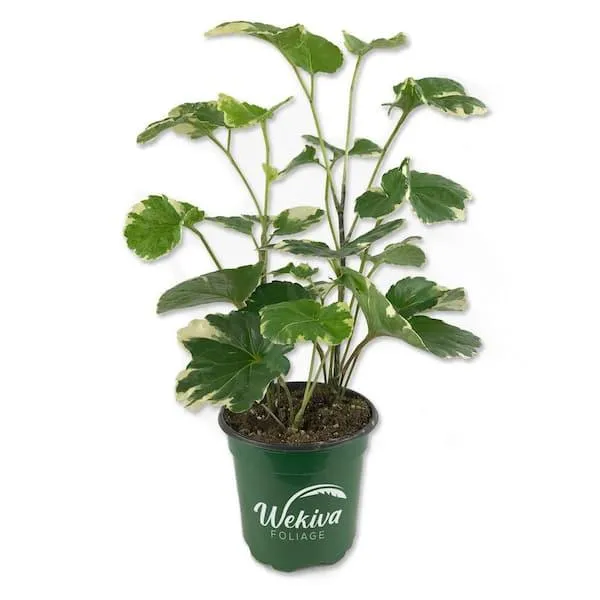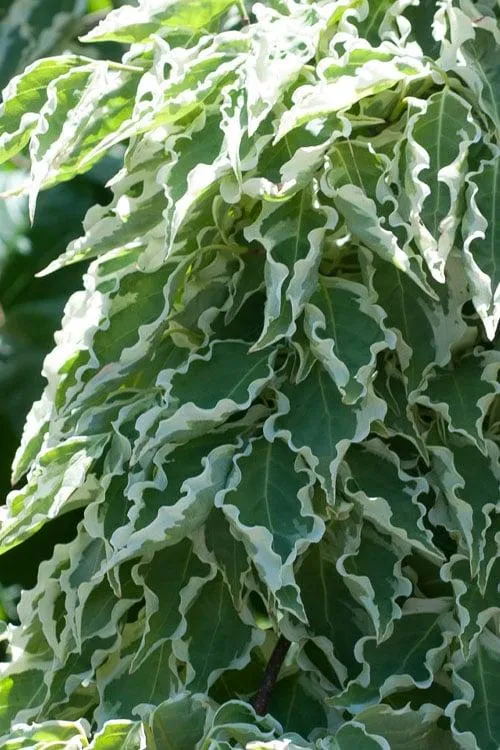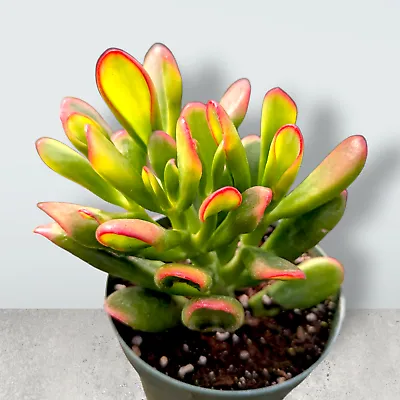Your Complete Guide to Understanding Verigated Plants
If you’ve searched for the term “verigated,” chances are you came across an interesting plant with unusual patterns or colors on its leaves and were curious to learn more. In this article, I’ll explain what verigation means and dive into the different types you may encounter in your gardening adventures.
What is Verigation?
Simply put, verigation refers to variegation or mottled coloring that appears on plant leaves, stems, or flowers. Rather than being solid green, the tissue is splashed or streaked with another color like white, yellow, pink, or brown. This color variation is caused by a genetic trait that prevents some areas of the plant from producing chlorophyll, the pigment responsible for leaves appearing green.
From my experience as an avid gardener, verigated plants really stand out in the landscape and container gardens. The atypical patterns make them a real eye-catcher that adds visual interest. At the same time, the lack of full green coloration means they require a bit more sun exposure to photosynthesize adequately.
Common Types of Verigation
Within the verigated plant world, there are a few primary varieties you’re bound to run into:
-
Marginal verigation: As the name suggests, this type features a solid green center with a colored border around the leaf edges. You’ll see it prominently on plants like Coleus and Flame Nettle.
-
Stripe verigation: Stripes or elongated patches of color stretch lengthwise across leaves. German Ivy and Variegated Wandering Jew exemplify this attractive stripy look.
-
Island verigation: Colored splotches that resemble “islands” pop out randomly on an otherwise green surface. Peace Lilies and Polka Dot Plants showcase this island verigation aesthetic.

Within each category, you’ll find variation in the hues and intensity of pigmentation. No two verigated plants are exactly alike, contributing to their one-of-a-kind appeal.
Appreciating Verigation’s Unpredictable Beauty
One reason verigated plants pique the interest of gardeners and plant collectors is their inherent unpredictability. Even clones and cultivars of the same variety will show slightly dissimilar patterns. Leaves may emerge entirely or partially green one season before displaying prominent variegation the next. Environmental influences like light and nutrients can also impact the degree and positioning of colors.
Basically, you never quite know what you’ll get with verigation – and to me, that’s part of the fun! Every new leaf unfurls as a mini surprise. From my experience, it kind of keeps things interesting not knowing whether next year’s growth will lean more to the green or variegated side.
Take variegated pothos vines, for example. I’ve had some strands stay fairly consistent over time while others morph drastically depending on where they’re potted. Does this make verigation unreliable? Kinda, but it also assures unique qualities in each specimen rather than uniformity across the board.
Managing Care Needs of Variegated Plants
While their tropical, multi-hued leaves bring beauty indoors and out, verigated plants do demand a bit more TLC to stay looking their best.
More light: Limited chlorophyll means relying more heavily on strong, direct sunlight for photosynthesis. South- or west-facing windows are usually best. With insufficient light exposure, leaves may revert fully green.
Humidity: Many varieties hail from tropical zones where humidity levels remain high. At home, run a humidifier nearby or group plants together to mimic their natural conditions.

Pruning: Remove any areas that appear congested or revert completely green. This optimizes energy directed at colorful growth. Dead or damaged foliage should always be taken off promptly, too.
Fertilizer: Verigated plants need regular, diluted fertilizer applications throughout spring and summer. Feeding encourages photosynthesis and vigorous growth without chlorophyll to aid metabolism.
So in summary, verigation brings visual appeal at the cost of requiring a touch more effort on our part as plant guardians. But between the naturally enchanting patterns and sense of achievement in keeping them happy, it’s totally worth it if you ask me!
Unique Verigation Varieties to Explore
Now that you have a solid grasp of what defines verigated plants and how to care for them properly, here are a few you may want to add to your wish list:
-
Pink Princess Philodendron: For rare, rosy-pink stripes on heart-shaped leaves, hunt down this sought-after climbing variety. Gorgeous!
-
Pink Anthropic Peperomia: A bushy succulent with rounded, pink-splashed foliage perfect for tabletops and shelves. So stunning I nearly died when I scored one.
-
Variegated String of Hearts: Delicate trailing stems dotted with rounded, two-toned green and white “hearts.” Makes a lovely hanging basket or table display.

-
Variegated Monstera: The classic monstera deliciosa gains eye-popping yellow or white stripes for extra drama. A showstopper when mature.
Those represent just a sampling – you could spend days researching all the amazing variances out there. But hopefully this gives you a solid overview of what verigation refers to and some top choices to potentially scope at your local nursery. Happy shopping, and enjoy bringing these unusual beauties into your home oasis!
Let me know if any other questions come up as you get to know verigated plants better. I’d be stoked to chat more about them, since as you can tell, they totally do it for me in the gardening world. Until next time, happy growing!
Factors to Consider When Choosing a Variegated Plant
| Factor | Details |
|---|---|
| Light Requirements | Variegated plants often require brighter light than their solid-colored counterparts. Be sure to choose a plant that will thrive in the light conditions of your home. |
| Care Requirements | Some variegated plants are prone to losing their variegation if care requirements aren’t met. Check water, fertilizer and trimming needs to keep variegation vibrant. |
| Hardiness | Consider if the plant must be grown as a houseplant or if it can be planted outdoors where you live. Tender varieties may need protection from frost. |
| Size | Mature size varies greatly between species. Choose a size appropriate for the space you have available both indoors and out. |
| Color Variation | Some variegated plants have more dramatic color patterns than others. Inspect samples to find a color variation you find most appealing. |
FAQ
-
What is a verigated?
A verigated is basically a plant that has different patterns or varieties of color on its leaves, stems, or flowers. These colors are usually arranged in streaks, blotches, or zones rather than being evenly distributed.
-
What causes the color variation in verigated plants?
Scientists think the color variations in verigated plants are caused by genetic mutations. These mutations prevent chlorophyll from developing uniformly, which allows other pigments like anthocyanin to show through and create the streaked or spotted patterns.
-
What are some examples of common verigated plants?
Two of the most popular verigated plant varieties are verigated hart’s tongue fern and marble queen pothos. Other commonly seen verigated types include varieties of philodendron, spider plant, monstera, and peperomia.
-
Are verigated plants harder to care for than solid colored plants?
Generally speaking, verigated plants do not require special care over their normal solid colored versions. However, they may struggle a little more if stressed or get sunburned more easily since the white or yellow sections have less natural protection. So verigated varieties are best grown in medium or lower light.

-
Why are verigated plants popular houseplants?
Verigated plants are very fashionable and seen as stunning décor pieces for homes and offices. Their striking patterns and multicolored leaves set them apart from normal green foliage plants. At the same time, many verigated varieties like pothos are pretty low maintenance and tough, which makes them suitable for novice plant owners.
